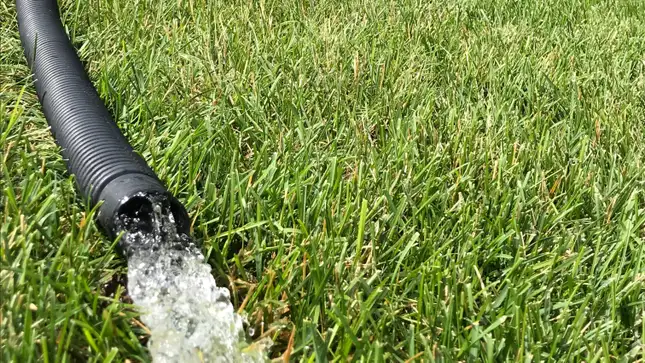A sump pump is vital in preventing basement flooding and water damage. However, like any mechanical device, it can encounter problems that result in it not functioning correctly. This guide will outline the steps to troubleshoot and fix a non-working sump pump.
Troubleshooting Steps for a Non-working Sump Pump
Step 1: Check the Power Source
- Ensure the sump pump is properly plugged in and the breaker or fuse is not tripped.
- Consider using a different outlet or checking the power cord for any signs of damage.
Step 2: Inspect the Float Switch
- Verify that the float switch is not obstructed or stuck.
- Gently lift the float switch to see if it activates the pump.
Step 3: Clean the Pump and Pit
- Turn off the power button to the sump pump before cleaning.
- Remove any sediment that may be clogging the pump or pit.
- Rinse the pump with clean water and ensure the discharge pipe is clear.
Step 4: Test the Check Valve
- Inspect the check valve for any signs of damage or debris.
- Remove the check valve and clean it if necessary.
- Check that the valve is properly installed and functioning correctly.
Step 5: Verify the Discharge Line
- Ensure that the discharge line is not frozen, blocked, or kinked.
- Clear any obstructions and redirect the discharge line away from the foundation.
Step 6: Consult a Professional
- If all troubleshooting steps fail to settle the problem, it's best to contact a professional plumber or sump pump technician.
- They can diagnose the problem more thoroughly and provide the necessary repairs or replacements.
Emergency Action for Sump Pump Not Working
Assess the Situation
- Quickly assess the extent of the flooding and determine if the sump pump is indeed not working. Listen for any unusual sounds from the pump or check for signs of power failure.
Safety First
- Ensure your safety by turning off the electricity to the area where the sump pump is located. Avoid walking through standing water if possible, as it may pose electrical hazards.
Check Power Supply
- Verify that the sump pump is plugged in and that the power source is functioning correctly. Check for tripped circuit breakers or blown fuses and reset them if necessary.
Inspect for Blockages
- Examine the sump pump intake and discharge pipes for any obstructions or debris that may be preventing the pump from operating effectively. Clear any blockages to restore proper water flow.
Test the Float Switch
- Manually lift the float switch to activate the pump and see if it responds. If the switch is stuck or not functioning properly, it may need to be cleaned or replaced.
Backup Pump Activation
- If available, activate any backup sump pump systems you have installed to help mitigate the flooding while addressing the primary pump issue.
Utilize Emergency Pumping Methods
- In the absence of a functioning sump pump, use alternative methods such as a wet-dry vacuum, submersible pump, or manually operated pump to remove water from the flooded area.
Contact Professional Help
- If you're unable to resolve the issue or if the flooding is severe, contact a licensed plumber or sump pump technician for emergency repair services.
Mitigate Water Damage
- Take immediate action to mitigate water damage by removing items from the affected area, drying out wet surfaces, and using fans or dehumidifiers to facilitate drying.
Prevent Future Incidents
- Once the immediate issue is resolved, consider installing a backup sump pump system or investing in regular maintenance to prevent similar emergencies in the future.
Conclusion
Regular maintenance and prompt troubleshooting are crucial for keeping your sump pump in perfect condition. Following the troubleshooting steps in this blog, you can identify and resolve common issues that cause a sump pump to stop working. Remember to perform regular maintenance tasks to prevent future problems and ensure your basement remains protected from flooding.


